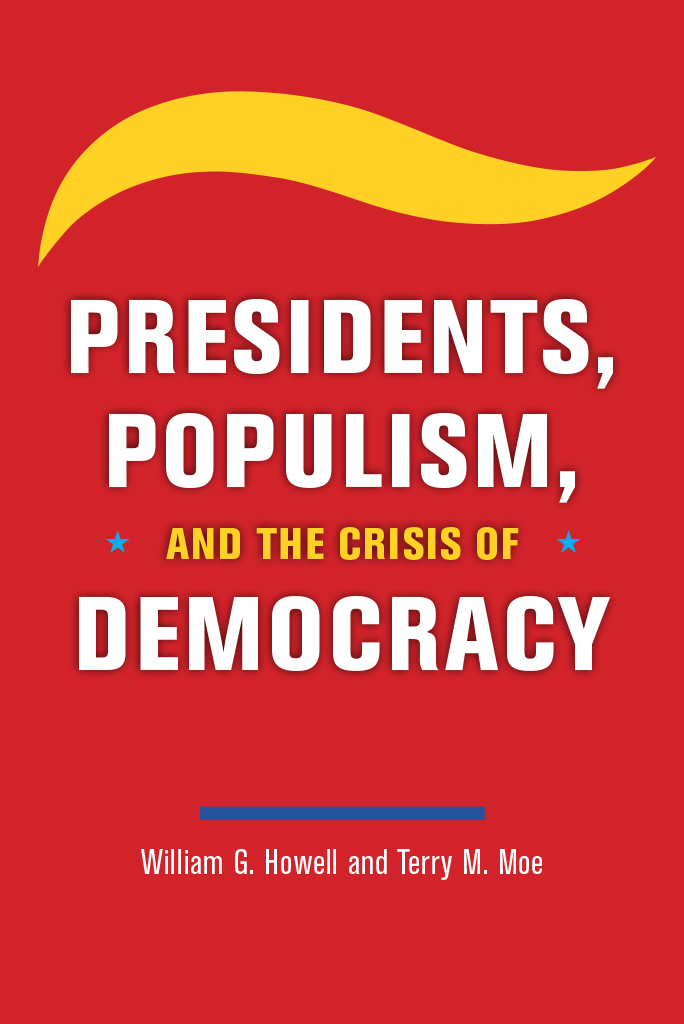
PRESIDENTS, POPULISM, AND THE CRISIS OF DEMOCRACY
Presidents, Populism, and the Crisis of Democracy
William G. Howell and Terry M. Moe
The University of Chicago Press
Chicago and London
The University of Chicago Press, Chicago 60637
The University of Chicago Press, Ltd., London
2020 by The University of Chicago
All rights reserved. No part of this book may be used or reproduced in any manner whatsoever without written permission, except in the case of brief quotations in critical articles and reviews. For more information, contact the University of Chicago Press, 1427 E. 60th St., Chicago, IL 60637.
Published 2020
Printed in the United States of America
29 28 27 26 25 24 23 22 21 20 1 2 3 4 5
ISBN-13: 978-0-226-72879-7 (cloth)
ISBN-13: 978-0-226-76317-0 (paper)
ISBN-13: 978-0-226-72882-7 (e-book)
DOI: https://doi.org/10.7208/chicago/9780226728827.001.0001
Library of Congress Cataloging-in-Publication Data
Names: Howell, William G., author. | Moe, Terry M., author.
Title: Presidents, Populism, and the Crisis of Democracy / William G. Howell and Terry M. Moe.
Description: Chicago : University of Chicago Press, 2020. | Includes bibliographical references and index.
Identifiers: LCCN 2020004323 | ISBN 9780226728797 (cloth) | ISBN 9780226763170 (paper) | ISBN 9780226728827 (ebook)
Subjects: LCSH: Trump, Donald, 1946 | PopulismUnited States. | DemocracyUnited States. | United StatesPolitics and government2017
Classification: LCC E912 .H69 2020 | DDC 973.933092dc23
LC record available at https://lccn.loc.gov/2020004323
 This paper meets the requirements of ANSI/NISO Z39.48-1992 (Permanence of Paper).
This paper meets the requirements of ANSI/NISO Z39.48-1992 (Permanence of Paper).
CONTENTS
The United States has long been a beacon of democracy for the entire world. But whether that will continue in future yearsindeed, whether it is even true nowis very much in question. The nation has entered a treacherous new era in its history, one that threatens the system of self-government that for more than two hundred years has defined who we are as a country and as a people.
The most visible embodiment of this threat is Donald Trump. His surprise victory in 2016 was a watershed in American history, vesting the presidency in a populist demagogue whose authoritarian inclinations and disdain for the rule of law signaled that serious troubles lay ahead. Those signals have been borne out. As president, he has usedand abusedthe vast powers of his office to attack the nations institutions, violate its democratic norms, and act as a strongman leader unconstrained by law and convention. His impeachment in late 2019 by the House of Representatives was a damning formal rebuke that he richly deserved.
Yet Trump himself is not the main reason America faces such troubled times. He is a symptom of powerful socioeconomic forces unleashed by modernityforces that have disrupted lives and politics throughout the developed West and generated an upsurge in support for right-wing populist leaders, whose rhetoric is all about the people but whose actions are often antidemocratic. In the United States, these social forces were at work but little appreciated before Trumps electoral victory in 2016. They will still be powerfuland deeply threateningafter he leaves office, even if his Democratic opponents manage to capture the presidency for a while and restore a sense of normalcy.
The fact is, no matter which party holds the presidency, these are not normal times. They are populist times, antidemocratic times. And a sense of normalcy, should it take hold with the election of a new president, stands to be little more than an exercise in denial, offering temporary relief from the recent populist turmoil but leaving the causes of that turmoil unaddressed and the potential for continued democratic backsliding firmly in place.
If American democracy is to be preserved, two things need to happen. First, the nation needs to see this crisis for what it is, and understand why it came about and what its trajectory is likely to be. Second, it needs to use this understanding as a foundation for figuring out what can be done to defuse the populist threat through targeted reforms and policies.
This book is directed at both these imperatives. It is an effort to understand Americas crisis of democracy, and it is an effort to determine what can be done to resolve it. We dont claim to have all the answers. But we do think that, by cutting through the fog of complexities that surround this time of crisis, we can clarify what is actually going on and connect the dots in a way that highlights the fundamentals.
A Populist Captures the Presidency
Lets begin by asking how a populist demagogue managed to get elected president of the United States.
A big part of the answer is that, since the 1970s or so, the world has been disrupted by relentless forces of globalization, technological change, and immigrationalong with, in advanced Western economies, a prolonged period of slow economic growth, low productivity, and government austerity. In the United States these developments have been accompanied by a sharp decline in manufacturing jobs, a hollowing out of the middle class, a stagnation in family income, a steep rise in inequality, growing social and racial diversity, and a surge in the number of undocumented residents. As the 2016 election approached, the effects on many Americans were accumulating, and they were gaining in political salience.
Those most affected were less-educated working-class whites, often rural and particularly men: people who had previously been relatively satisfied with their status and opportunities in American society but who no longer felt that way. They were angry with a system that seemed stacked against them. They were angry with the establishment that ran itfrom the elites in both parties to the experts who claimed to know everything to the financial wizards on Wall Street. And they were anxious about the impending loss of their privilege and culture as American society became more diverse, urban, cosmopolitan, and secular. Donald Trump tapped into their concerns and presented himself as the agent of their discontent.
Trump won over these forgotten Americans by campaigning as a populist demagogue. He portrayed the nation as a dark and fearful place from which only he, as the antisystem strongman, could offer deliverance. He played upon racial and ethnic prejudices. He trafficked in conspiracy theories. He demonized immigrants, Muslims, and the nations black sitting president. He blamed other countries for Americas economic woes. He blasted the political and economic establishment as illegitimate. He praised Vladimir Putin and other autocrats. He belittled and threatened the media, ridiculing all sources of information he didnt like. He demanded that his opponent, Hillary Clinton, be thrown in jail and made that a rallying cry among his supporters (Lock her up, lock her up!).
Among US presidents, Trumps style of leadership is unique. But in larger context, there is nothing unique about it. Populists have come to power in many countries, and their style of leadership is familiar and well-tested. Trump follows in the footsteps of Argentinas Juan Pern, Venezuelas Hugo Chvez, Italys Silvio Berlusconi, and many other populist demagogues around the worldincluding, in the United States, Huey Long and George Wallace. There is a common political logic to how all these populists behave, the nature of their public appeals, and the demeaning, offensive, and threatening things they say. Trump is simply doing what the others have done. Hes following a formula that works.
Next page

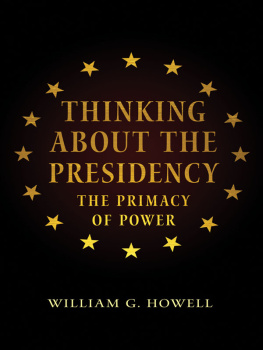
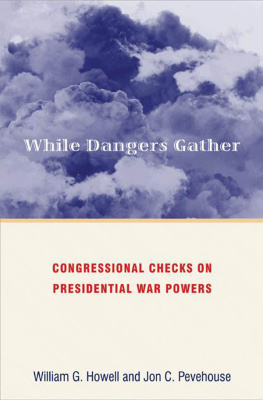



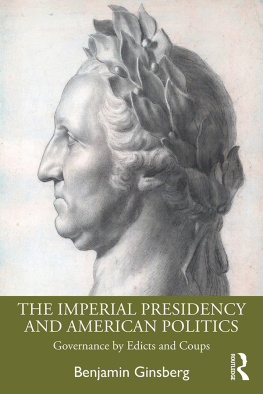
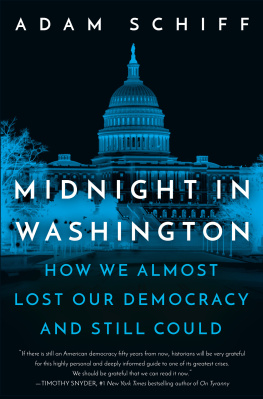
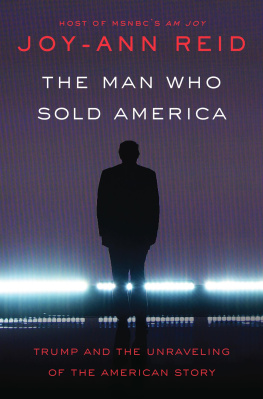
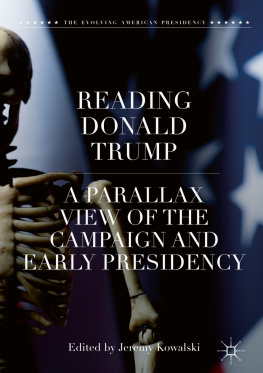
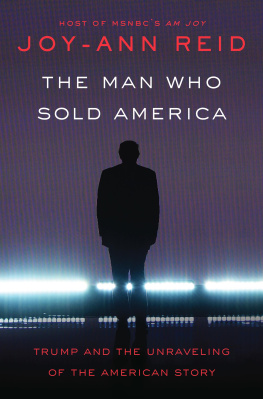

 This paper meets the requirements of ANSI/NISO Z39.48-1992 (Permanence of Paper).
This paper meets the requirements of ANSI/NISO Z39.48-1992 (Permanence of Paper).